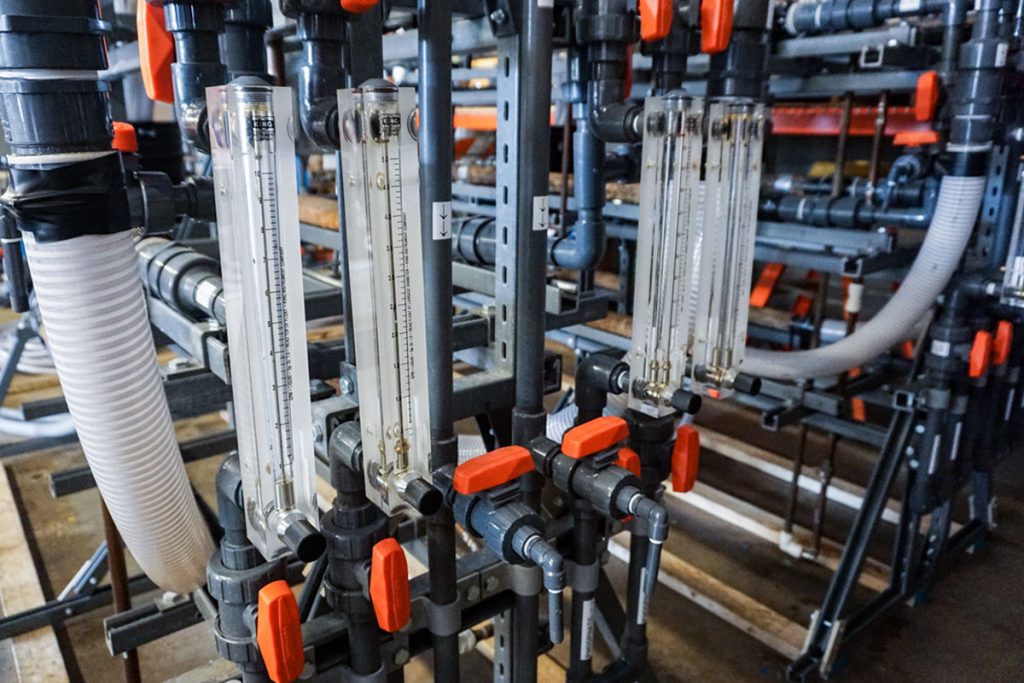 Waukesha Water Utility is actively preparing for a smooth transition to Lake Michigan water that will implement a new water supply and establish the delivery of clean, safe drinking water to customers. To do this, water quality testing and preparation has already begun, even though construction will not begin until 2020.
Waukesha Water Utility is actively preparing for a smooth transition to Lake Michigan water that will implement a new water supply and establish the delivery of clean, safe drinking water to customers. To do this, water quality testing and preparation has already begun, even though construction will not begin until 2020.
The City of Waukesha has hired water industry experts from Jacobs Engineering, formerly CH2M, to assist the Great Water Alliance with this important multi-year program. Team members are diligent about monitoring and testing the water while, and long after, the pipelines are built.
One of the first steps in this process is “pipe loop testing,” which analyzes how different water (groundwater versus lake water) reacts with pipe materials based on the different characteristics of the water. “Pipe loop testing” reviews the various types of pipe materials that are found in a water system, including iron, copper, and copper with lead solder. The iron is representative of pipes in Waukesha’s distribution system; copper with lead solder is representative of typical Wisconsin home plumbing. Water is pumped through the pipes and then analyzed to monitor any change in quality. If needed, corrosion inhibitors can be added to protect from iron, lead, and copper corrosion. This is important to maintaining high quality water while also safeguarding pipes as they can react differently to various water chemistry (hard versus soft water, for example). This testing phase will continue into 2019.
Pipe material for distributing drinking water can be made of plastic, concrete, or various metals. Waukesha Water Utility hasn’t decided what material they will use for the new pipelines; they are reviewing ductile iron, concrete, steel, and fiberglass pipes to supply the Lake Michigan water. The city’s current water pipes are mostly made of ductile iron.
“We are vigilant in our efforts to maintain water quality for the City of Waukesha,” stated Tony Myers, P.E., Jacobs Engineering. “Thus, testing how the water from Lake Michigan interacts with the piping is essential.”
Water testing on many levels will continue to be a priority as the Great Water Alliance works toward construction and delivery of water, and after the new infrastructure is installed and running. And, remember, the new water supply will first go through a multi-stage water treatment process to ensure it is purified and sanitized to meet state and federal water quality standards before it is delivered to customers. Additionally, the Great Water Alliance will be monitoring return flow water quality to make sure it is correctly treated before being returned to the Lake Michigan watershed via the Root River.